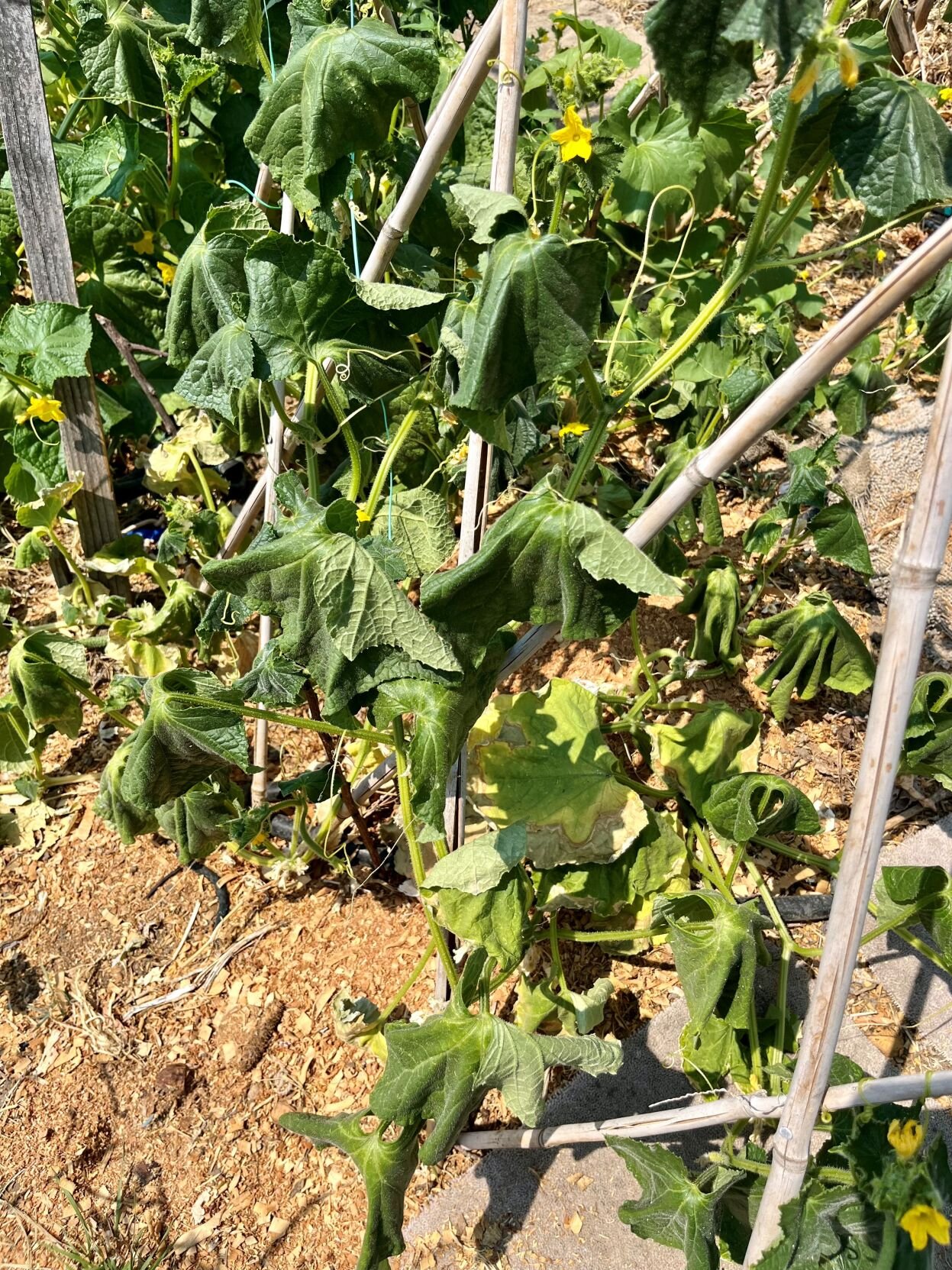Master Gardener Insights: Identifying and Preventing Plant Heat Stress

Understanding Heat Stress in Plants
During a heat wave, the impact on plants can be substantial. Most plants thrive in a temperature range of 59°F to 86°F. When temperatures regularly surpass 90°F for extended periods, plant growth is adversely affected.
Signs of Heat Stress
- Wilting leaves
- Discoloration
- Stunted or halted growth
Prevention Strategies
To prevent heat stress during a heat wave, gardeners can:
- Provide ample water during peak heat times to keep soil moist.
- Use mulch to retain soil moisture and regulate temperature.
- Provide shade for sensitive plants during the hottest parts of the day.
Conclusion
With these strategies, gardeners can effectively identify and mitigate the impacts of heat stress, ensuring their gardens remain vibrant through extreme weather conditions.
This article was prepared using information from open sources in accordance with the principles of Ethical Policy. The editorial team is not responsible for absolute accuracy, as it relies on data from the sources referenced.